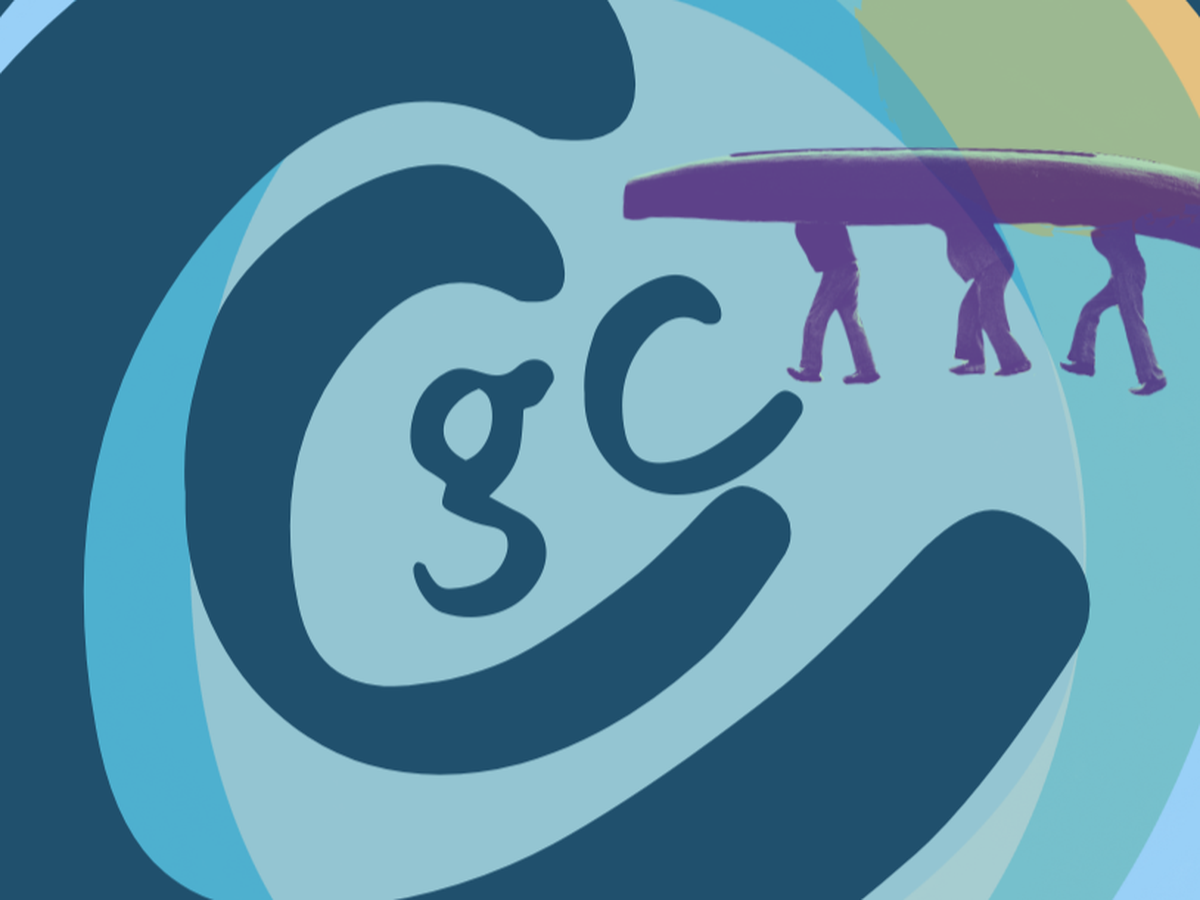Cumann Curaí na gCumar | The Currach Community of the Confluences (CCC) needs your help! We are seeking to raise $5000 to pay for the skilled labor and local building materials used in the building of Portland's first Irish currach (more below) ($4000 for boat, $800 for six oars), as well as pay for other resources needed for its proper storage, maintenance, and transport (safety equipment). Few grants are available for this type of project as boats, even traditional ones, are considered capital for non-profits and generally ineligible for funding. But this is an important community project so your financial support is crucial to our cause and will help us achieve our goals. Any donation amount is greatly appreciated, as well as your help in sharing this campaign with those individuals and organizations with resources to aid in our cause. Go raibh maith agaibh, a chairde!
We receive 501(c)(3) status via our parent organization the Irish Cultural Society of the Pacific Northwest. For more information on the currach and our organizational aims click here!
***
The currach, a wood-framed, skin-lined rowboat, is not just a watercraft but the embodiment of traditional knowledge amassed over thousands of years. Endemic to Ireland's expansive seaboard, many estuaries, and inland lakes, it has a history deeply rooted in the Bronze Age. Its elegantly light but durable design allows it to access shallow inlets as easily as coastal currents. This versatility has kept its design relevant and rowing tradition unbroken despite centuries of colonization and modernization, as well as depopulation of Irish-speaking communities, many of whom have passed on the tradition of currach making.
The boat's iconic shape—its black canvas skin, uniquely long-planked oars, and upturned bow—makes it unmistakable from a distance. Its ribbing and skin stretch, bend, flex, and breathe as mere centimeters of canvas separate the boat from the water. Rowers, therefore, must row in balanced tandem with each other, continually considering wind and current. For this reason, CCC's motto borrows from the Irish proverb Ní neart go cur le chéile - No strength without unity.
The currach-rowing tradition in North America, in the form of racing clubs, first developed in the diaspora communities of the Northeast, spreading around the Great Lakes and upper Ohio Basin. There are roughly a half-dozen such active clubs currently. However, with the exception of Vancouver, B.C., this tradition has not spread beyond the Rocky Mountains. Cumann Curaí na gCumar is a budding organization apart from the regatta-focused clubs back east established in Portland, Oregon near the confluence of the Willamette and Columbia Rivers. The establishment of the Currach Community of the Confluences is another crucial step in preserving the Irish cultural tradition of currach building and rowing. We seek to establish a rowing practice among our Irish cultural community while embodying the Irish language (Gaeilge) in this practice as we flourish.
We also seek through this practice to draw attention to issues surrounding water access and Columbia and Willamette watershed health and to build solidarity with Indigenous communities who have particular dependence on water access and health to thrive. Our newly constructed three-hand (i.e. seats) currach will soon navigate the waters of the Willamette with the aim of drawing attention to these intersecting concerns as well as adding to the history of strong boating culture that permeates the area - and has well before the arrival of European settlers who established Portland.
Our vessel was hand-crafted by father-son duo Steve and Joseph Carrigg of Hazelwood Boats in Tigard, Oregon. It is composed of locally sourced Oregon White Oak, Western Red Cedar, and Douglas Fir, each chosen for their specific properties that contribute to the durability and performance of the boat. The construction process, completed over the spring and summer of 2024, involved traditional techniques and inovaation with deep respect for the materials used. Through ongoing mentorship with the Carriggs, CCC hopes to build a four-hand vessel for longer hauls along the river systems of the Willamette Valley, lower Columbia, and coast in a few short years. Cumann Curaí na gCumar welcomes rowers and non-rowers alike from any community with an interest in learning more about this tradition while building a relationship with the many waters and nations that flow through our region.
Here are some pictures of the currach as it was built this year:

Once the upper and lower gunwales of Douglas Fir have been attached to each other by the stanchions of Western Red Cedar, and the planks and knees are in place for the seats, the process of installing the ribbing begins.

These ribs of Oregon White Oak are steamed and bent into shape by the builders who situate them parallel to the seats into slots on the lower gunwale.

Once the ribbing is installed, the currach takes on its iconic profile. Notice that no nails have been used to secure the ribbing. Tension keeps them in place.

To further reinforce the hull, strakes made of Western Red Cedar run perpendicular to the ribbing and are securely stapled into place. Once this process is finished, it's time to "skin" the boat.

Traditionally, tarred hide or canvas is used to cover the hull. We, however, decided on ballistic nylon in order to withstand strikes from large woody debris that often flow down the Willamette and Columbia rivers. It has been tinted black to mimic the color of tarred canvas and stapled in place.

Currachs are generally stored upside down on the shoreline to allow them to dry between use. But from this angle you can also view the breathtaking craftsmanship of the Carriggs. All that is left to be constructed now are the long, planked oars!

